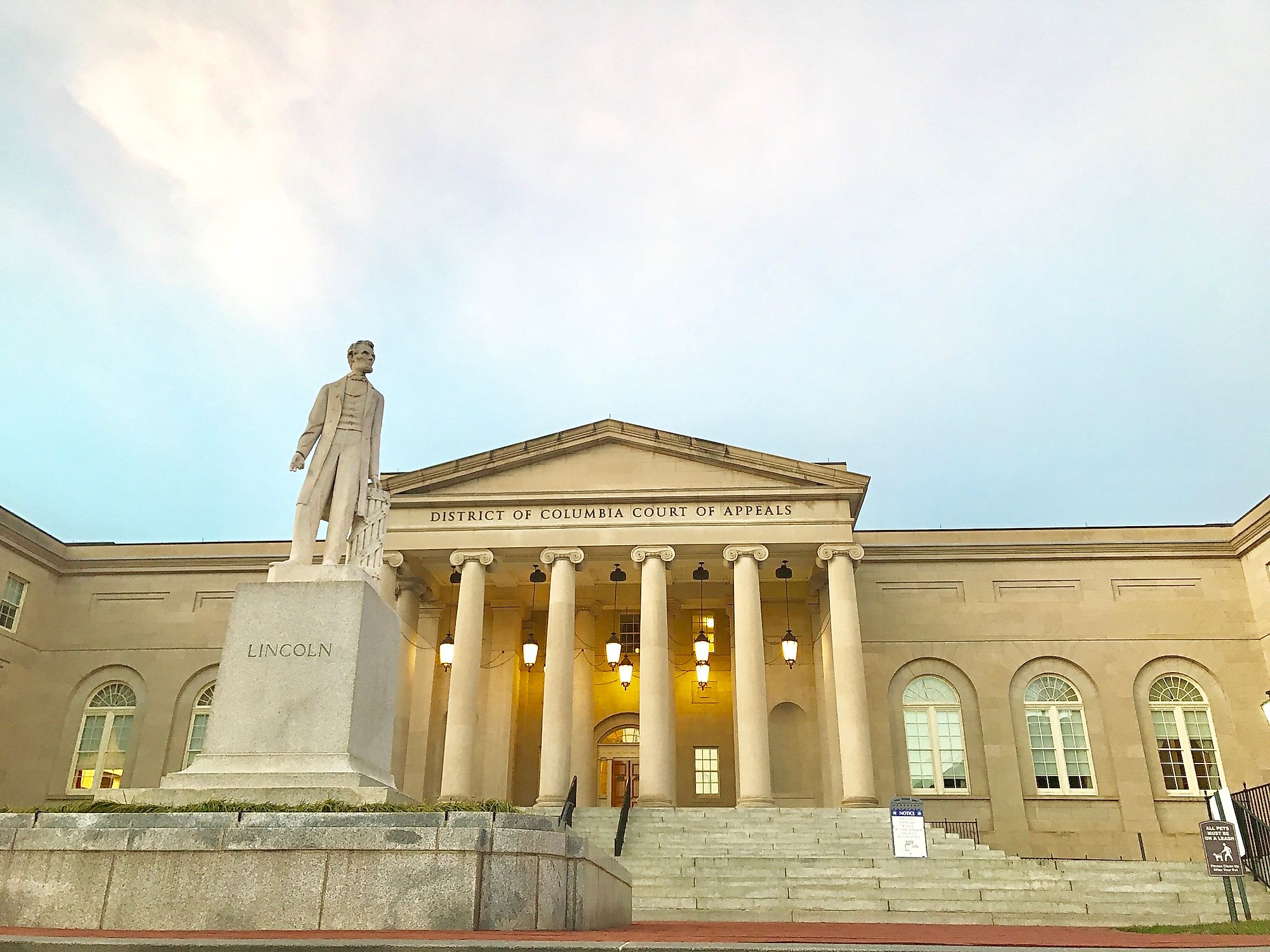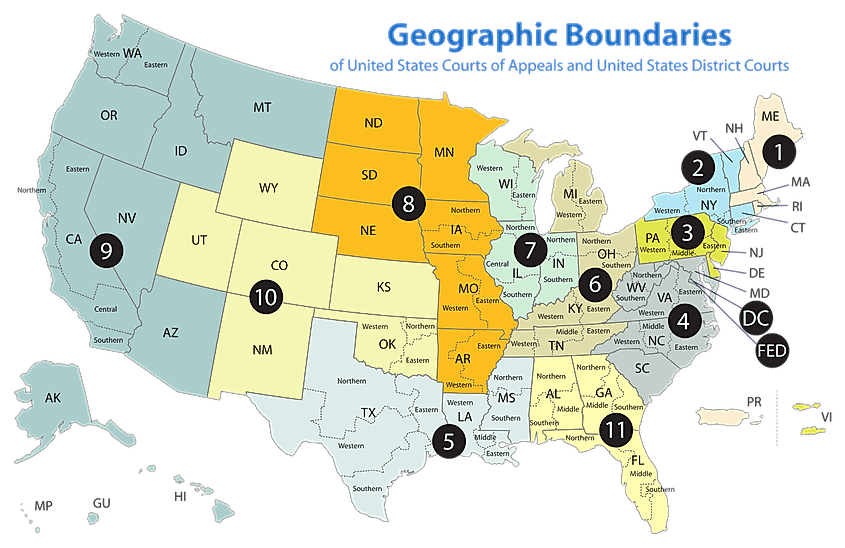
US Courts of Appeal
The US federal judiciary is a branch of the federal government that operates independently from the legislative and executive branches. However, it works with the other branches as stipulated in the Constitution, including resolving disputes arising from federal laws, administering justice, and settling private disputes. There are different types of courts in the US, including the supreme court, courts of appeals, district courts, and Article I courts. The Supreme Court is the US highest court. Immediately below the US Supreme Court are the thirteen appellate courts known as courts of appeals.
About The Courts Of Appeals

The US courts of Appeals sit below the Supreme Courts and are responsible for determining whether or not justice was served at the trial courts. These circuit courts hear appeals to district court rulings and those from decisions made by the federal administrative departments. Also, the appellate courts can hear specialized appeal cases, especially those touching on patent laws. According to the US government, of about 7,000 appealed cases every year, the Supreme Court hears only 2% of the cases, while the courts of appeals determine the rest.
Structure
The US has 94 district courts, also known as trial courts. Each state has between one and four trial courts. Puerto Rico and the District of Columbia also have one court each, while the insular areas have territorial courts. The 94 district courts are organized into twelve circuits, with each circuit having a court of appeals. The 13th circuit is the Federal Circuit. Both the Federal Circuit and the District of Columbia Circuit are based in Washington. The other eleven circuits are numbered First to Eleventh Circuit and are, respectively, headquartered in Boston, New York City, Philadelphia, Richmond, New Orleans, Cincinnati, Chicago, St Louis, San Francisco, Denver, and Atlanta. In total, there are thirteen courts of appeals spread throughout the US.
Each of the 12 circuits (DC Circuit and the numbered circuits) operates within a defined geographical boundary and assigned district courts within its area. However, the Tenth Circuit covers part of Idaho and Montana because the District Court of Wyoming’s jurisdiction includes Yellowstone National Park, which extends into the two states. The 13th circuit, known as the Federal Circuit, presides over nationwide specialized appeals, including appeals from the Court of Federal Claims and Court of International Trade.

How Courts Of Appeal Are Different From District Courts
In a district court trial, witnesses give their testimonies before a judge or jury, who decides the fate of the accused. However, the courts of appeals do not retry cases nor admit new evidence. Witnesses are also not called to testify again, and there is no jury. The three appellate judges simply review the decisions and the procedures in the district or trial courts to ensure that the law was applied properly and the trial court proceeding was fair. Generally, the appellate court reviews the actions of the trial court. Currently, the US has 179 courts of appeals judges.
Appellate Court Procedure
In the US, litigants have the right to appeal trial court proceedings or rulings. The Court of Appeals' proceedings are governed by the Federal Rules of Appellate Procedures. The appeals are heard by a bench of three judges randomly selected from the available judgeship assigned to the circuit. However, a few cases are heard by all the available court judges in an en banc session. The side seeking an appeal is known as the petitioner since it is bringing a petition to the court. Before an attorney comes to court to argue an appeal, the petitioning and responding sides must first submit their briefs to the court.











